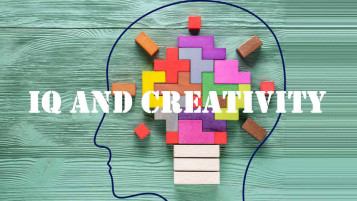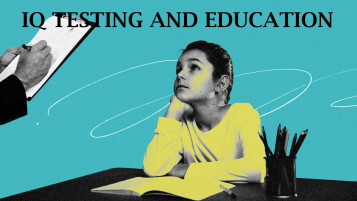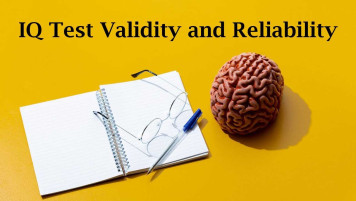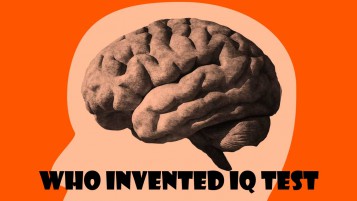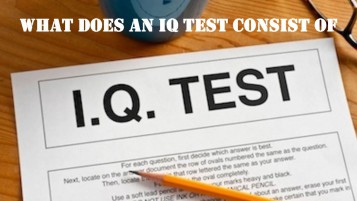For more than a century, intelligence testing has fascinated psychologists, educators, and the public alike. While an IQ score may seem like a simple number, behind it lies a complex mix of psychology, neuroscience, and statistical science. Understanding how IQ testing works and what it can and can’t tell you is key to using it effectively (Neisser et al., 1996).
IQ, short for Intelligence Quotient, is a standardized measurement of cognitive abilities. The concept emerged in the early 1900s, when French psychologist Alfred Binet created the first practical intelligence test to identify students needing extra academic support (Binet & Simon, 1916).
IQ tests aim to measure skills such as reasoning, problem-solving, memory, and comprehension, providing a score that reflects how an individual’s performance compares to a norm group. Today, widely used tests include:
How IQ Tests Work
Modern IQ tests assess different areas of cognitive functioning through a variety of tasks, which may include:
The scores are standardized by comparing an individual’s results to those of a large, representative population. The average IQ is set at 100, with most people scoring between 85 and 115 (Gottfredson, 1997).
IQ testing is rooted in psychometrics, the branch of psychology dedicated to measuring mental capacities and processes with precision and fairness. Psychometricians design these tests to produce reliable, valid, and standardized measures of cognitive ability – meaning the tests should give consistent results over time (reliability) and accurately measure the mental skills they claim to assess (validity).
Several major theories form the foundation for modern IQ test design:
1. Spearman’s g Factor Theory
Proposed by Charles Spearman in 1904, this theory suggests that all cognitive abilities from solving math problems to remembering patterns — are influenced by a single underlying factor called “general intelligence” or g. Spearman noticed that people who performed well in one type of cognitive task often performed well in others, supporting the idea of a shared mental core.
2. Cattell-Horn-Carroll (CHC) Theory
Considered one of the most comprehensive models of intelligence, the CHC theory divides intelligence into broad and narrow abilities.
Other abilities in the CHC model include processing speed, short-term memory, and auditory/visual processing. Test designers often use CHC as a blueprint to ensure assessments cover a wide range of mental abilities (McGrew, 2009).
3. Neuroscientific Insights
Brain research adds another layer to IQ science. Studies have shown that structural and functional features – such as working memory capacity, neural efficiency, and even white matter integrity – are linked to higher IQ performance (Jung & Haier, 2007). Brain imaging reveals that individuals with higher IQs often show more efficient brain activation, meaning they use fewer neural resources to perform the same task.
4. Statistical Rigor
Behind the scenes, statisticians and test developers run field trials with thousands of participants to ensure questions are fair, unbiased, and appropriately challenging. They use complex statistical methods to confirm that scores are norm-referenced (compared to a representative population) and that the test’s difficulty and scoring remain consistent across different groups.
Together, psychometrics, cognitive theory, neuroscience, and statistical science ensure that IQ testing is more than just answering tricky questions; it's a carefully engineered process grounded in decades of research and refinement.
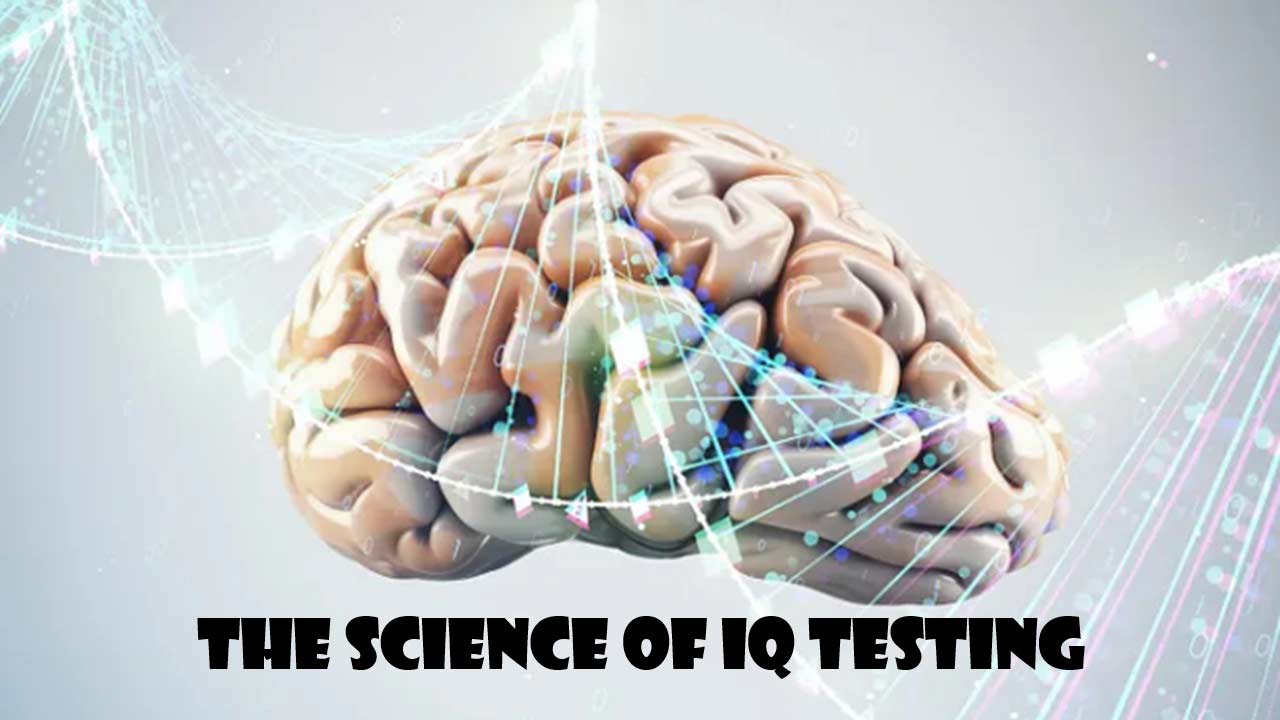
A horizontal infographic visually explaining the four core elements of IQ testing: Psychometrics, Spearman’s g Factor Theory, Cattell-Horn-Carroll (CHC) Theory, and Statistical Rigor.
IQ scores are not fixed. They can be influenced by:
IQ testing has a range of uses, including:
While IQ tests are scientifically grounded, they have limitations:
Advances in digital assessment and adaptive testing are making IQ measurement more flexible and precise (Furnham, 2018). Researchers are working on culturally fairer tests and integrating insights from neuroscience and artificial intelligence to create more comprehensive cognitive assessments.
IQ testing blends psychology, neuroscience, and statistics to provide valuable insights into cognitive ability. However, it’s just one tool among many for understanding human potential. Used alongside measures of creativity, emotional intelligence, and real-world skills, IQ tests can help paint a fuller picture of what makes each person unique.
References
